
Is Ethereum a Good Investment? - Complete Analysis

Exploring the Investment Potential of Ethereum - Market Dynamics, Regulatory Landscape, and Security Considerations
In the vast realm of digital currencies, Ethereum has maintained its status as a beacon of innovation. With its acclaimed smart contract functionality and adaptable nature, Ethereum has consistently been a favored platform for both developers and investors.
Nonetheless, as we enter the year 2024, a pivotal question emerges: does Ethereum represent a reliable investment opportunity? Within this extensive examination, we navigate the intricate landscape of Ethereum to present valuable insights and seek to address this pressing inquiry.
Ethereum's Journey: Peaks and Valleys
Ethereum set forth on its path with ambitious aspirations to transform the landscape of decentralized applications (DApps) and smart contracts.
From its very inception until the year 2023 Ethereum witnessed unparalleled expansion, characterized by the proliferation of innumerable DApps and DeFi ventures.
Nevertheless, this expedition was by no means free of obstacles, encompassing issues such as network congestion, gas prices, and scalability challenges.
Factors Shaping Ethereum's Trajectory
To truly gauge Ethereum's investment potential in 2023-2024, we must meticulously examine the factors influencing its trajectory. Here, we will delve into these critical areas:
Market Dynamics - Navigating Volatility
Cryptocurrencies, Ethereum included, are notorious for their price volatility. Prospective investors must possess the resilience to navigate through these market fluctuations and allocate their resources judiciously.
Competitive Landscape - Beyond Ethereum
Ethereum is no longer the sole contender in the smart contract arena. It now faces stiff competition from other blockchain platforms like Binance Smart Chain, Cardano, and Solana. A comprehensive comparative analysis is not just beneficial; it's imperative for those making informed investment decisions.
Regulatory Realities - Adapting to Change
The regulatory landscape for cryptocurrencies is continually evolving, and these shifts have profound impacts on the market. Investors must stay abreast of these changes to understand how Ethereum might be affected.
Security Imperatives - Safeguarding Assets
While blockchain technology is designed with security in mind, vulnerabilities can and do arise. Investors must prioritize security best practices to protect their assets from potential threats.
Navigating the Competitive Landscape
Ethereum no longer operates in isolation. It finds itself in the midst of a competitive arena, pitted against a growing number of blockchain platforms.
To invest wisely in Ethereum, a thorough comparative analysis is indispensable. Beyond Ethereum's technological capabilities, factors such as transaction speed, cost-efficiency, and scalability must be weighed.
Adapting to Evolving Regulatory Realities
Cryptocurrency regulations are in a state of perpetual flux. It's crucial for investors to remain informed about these changes, as they can profoundly impact the market dynamics surrounding Ethereum. Understanding the regulatory environment is paramount for making sound investment decisions.
Prioritizing Security in Cryptocurrency Investments
While blockchain technology provides a strong layer of security, vulnerabilities are not entirely unheard of. To protect their investments, individuals must be vigilant in adhering to security best practices.
Keeping private keys secure, verifying smart contracts, and staying informed about potential threats are all part of maintaining a secure cryptocurrency portfolio.
The Viability of Ethereum as an Investment
Notwithstanding the obstacles encountered, Ethereum continues to stand as a resilient blockchain platform boasting a wide array of DApps and a dedicated community of developers.
Ethereum's prowess is evident in its efficient execution of smart contracts and the maturity of its network. These qualities render it an enticing prospect for investors with a long-term outlook.
Nevertheless, Ethereum must confront the challenge of scalability and the burgeoning competition in order to sustain its current standing.
Also Read - Is Ethereum Dead?
Ethereum's Roadmap and Expanding Ecosystem
The Ethereum development team has outlined a clear roadmap for 2023 and beyond. This roadmap includes upgrades aimed at enhancing scalability, improving user experiences, and strengthening security.
Goals include transitioning to Ethereum 2.0, which promises higher throughput and energy efficiency. Developers continue to work on layer 2 solutions to address scalability concerns and reduce transaction costs.
Ethereum's Role in the Metaverse Evolution
In the current age of the metaverse, Ethereum occupies a prominent and indispensable role. It serves as the backbone for decentralized applications (DApps), which form the very essence of these immersive digital domains.
Ethereum's smart contract capabilities play a pivotal role in facilitating the creation of digital assets and collectibles within the expansive realms of virtual worlds.
As the metaverse gains ever-increasing momentum, Ethereum's enduring contributions to this dynamic digital frontier remain irrefutable.
The Challenge of Scaling Ethereum
In Ethereum's journey, the issue of scalability has persistently posed a formidable challenge. The immense rise in DeFi and NFT activities frequently leads to network congestion and elevated transaction costs.
To address these pressing concerns, Ethereum 2.0, representing a substantial upgrade, aims to confront these issues head-on. This entails a transition to a proof-of-stake (PoS) consensus mechanism and the introduction of shard chains.
Within the cryptocurrency community, there is vigilant scrutiny of these ongoing advancements, recognizing their potential to bring about substantial improvements in Ethereum's operational capabilities.
Ethereum's Role in the Future of Finance
The realm of decentralized finance (DeFi) has emerged as a potent catalyst propelling Ethereum's meteoric ascent. It has ushered in a new era of pioneering financial innovations, encompassing a spectrum of decentralized exchanges and lending ecosystems.
Against the backdrop of an evolving landscape where conventional finance and the cryptocurrency domain intersect, Ethereum emerges as a pivotal cornerstone in the trajectory of financial services.
Its inherent capabilities, including the seamless facilitation of cross-border transactions, the automation of contractual agreements, and the provision of inclusive financial solutions to marginalized populations, establish Ethereum as a central figure in the unfolding tableau of the financial landscape.
Institutional Interest and Collaborative Ventures
Ethereum has attracted noteworthy institutional attention, with prominent financial institutions directing investments toward ETH and ventures built on the Ethereum ecosystem.
These strategic partnerships underscore a profound belief in Ethereum's enduring promise and its capacity to revolutionize sectors that extend beyond the realm of finance.
Ethereum's prowess in facilitating the realms of decentralized finance (DeFi) and non-fungible tokens (NFTs) has not only magnetized investors but has also galvanized a burgeoning community of developers and creative minds.

Charting the Path Forward
In the journey of Ethereum investment, it's imperative to understand that market dynamics can be both exhilarating and treacherous.
Prices soar and dip, often influenced by macroeconomic events and investor sentiment. A crucial part of navigating this terrain is staying informed, conducting research, and, importantly, diversifying your investment portfolio.
Sustainability and Ethereum
Environmental concerns have recently come to the forefront, impacting the perception of blockchain networks like Ethereum.
Ethereum's transition to Ethereum 2.0, featuring a proof-of-stake (PoS) mechanism, promises to significantly reduce energy consumption compared to traditional proof-of-work (PoW) systems.
This shift aligns with the growing emphasis on sustainability within the crypto community and enhances Ethereum's appeal to environmentally conscious investors.
Incorporating Analytical Insights
To make informed investment decisions, consider utilizing analytical insights and tools. Analytic views and charts provide a visual representation of market trends and can be invaluable for predicting potential price movements. Additionally, they can help you identify potential entry and exit points in the Ethereum market.

Exploring Ethereum's Potential - A Picture of Growth
One cannot deny the significance of Ethereum in the broader cryptocurrency ecosystem. As the blockchain continues to evolve, it opens up new avenues for innovation.
Beyond its value as a digital currency, Ethereum's smart contract capabilities have far-reaching implications for industries like finance, supply chain, and governance.
Expanding Horizons for Ethereum
Ethereum's blockchain extends its reach beyond the realms of finance and digital art. It is finding practical applications in various industries such as supply chain management, healthcare, and secure voting systems.
The adaptable nature of Ethereum's smart contracts positions it as a versatile solution for an array of use cases. These ongoing developments underscore Ethereum's potential for continued growth and innovation.

Conclusion: A Vision Beyond 2023
So, is Ethereum a wise investment in 2023 - 2024? The answer depends on your investment goals, risk tolerance, and belief in the blockchain's future.
Ethereum has proven resilient in the face of challenges, and its potential for innovation remains unparalleled. However, the crypto landscape is dynamic, and vigilance is essential.
Disclaimer
The information provided on this website does not constitute investment advice, financial advice, trading advice, or any other sort of advice and you should not treat any of the website's content as such.
Token Metrics does not recommend that any cryptocurrency should be bought, sold, or held by you. Do conduct your own due diligence and consult your financial advisor before making any investment decisions.

.svg)

Create Your Free Token Metrics Account

.png)




%201.svg)
%201.svg)


%201.svg)



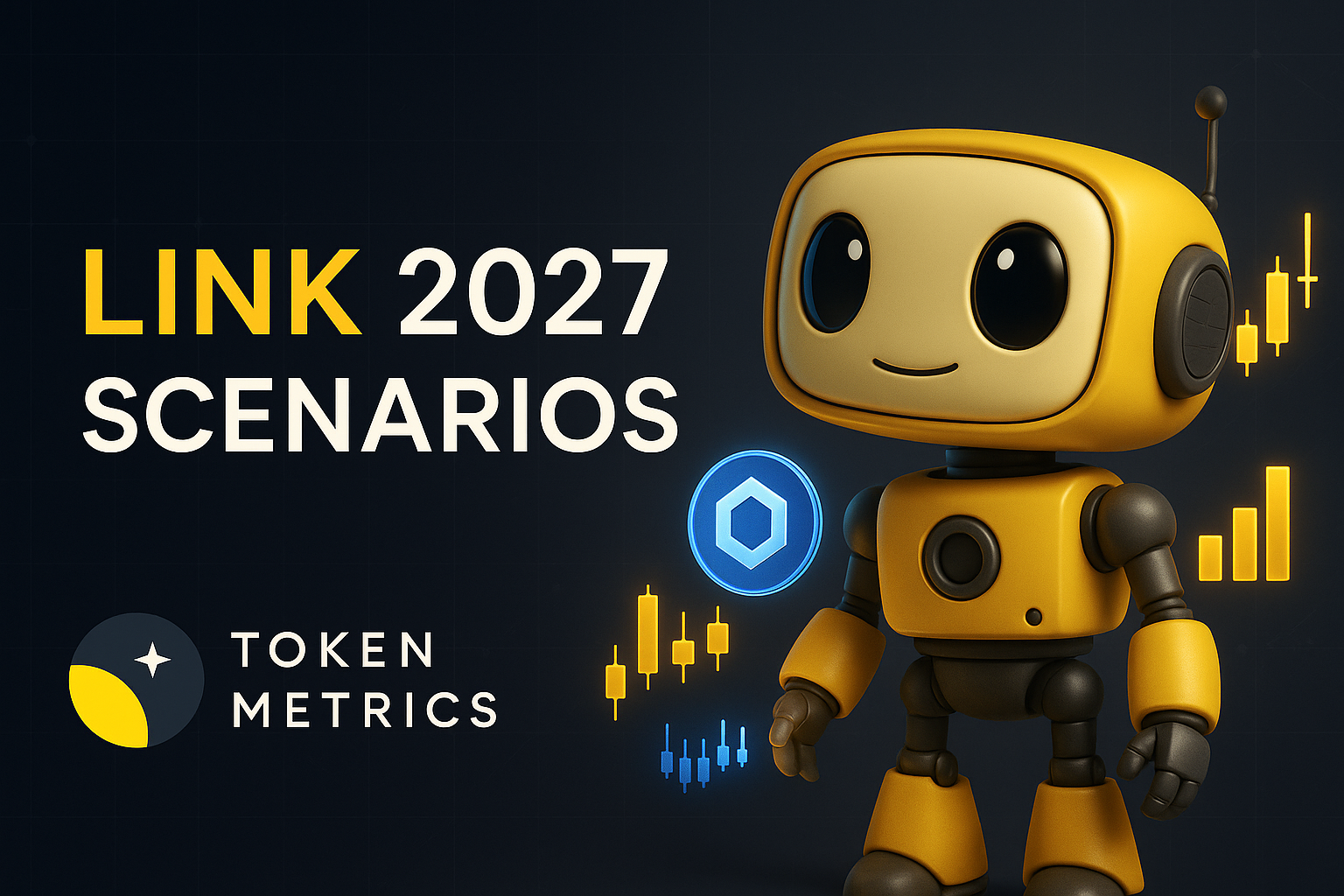

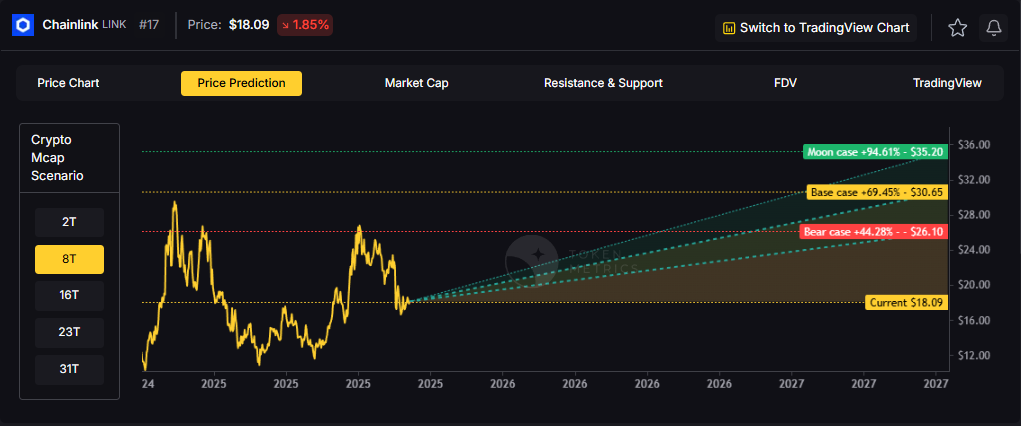
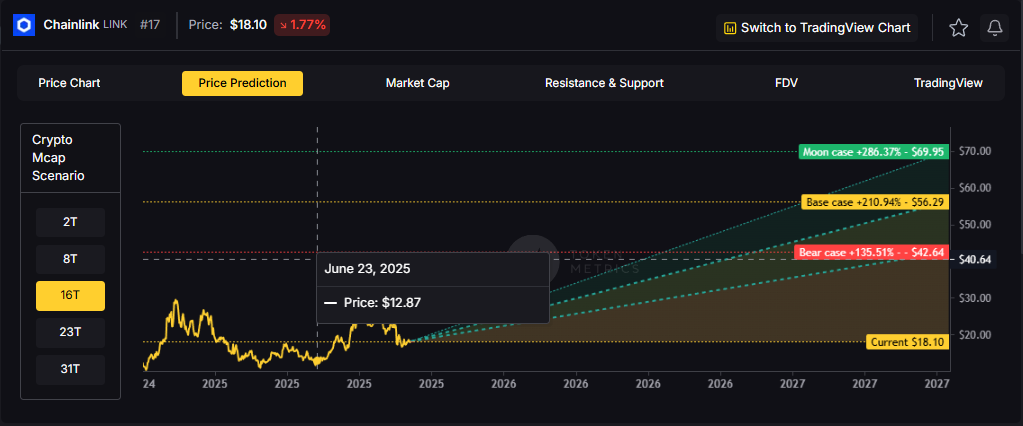

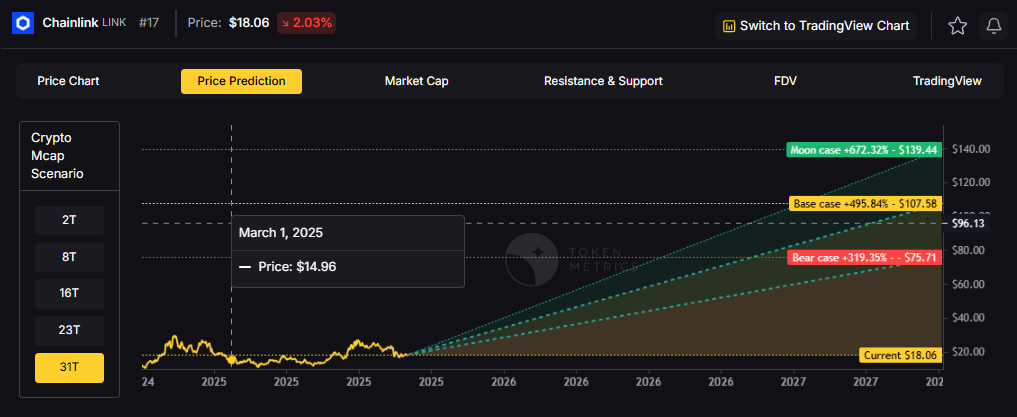
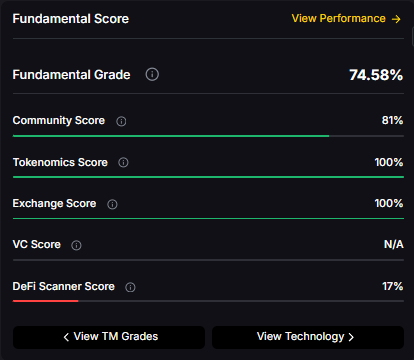



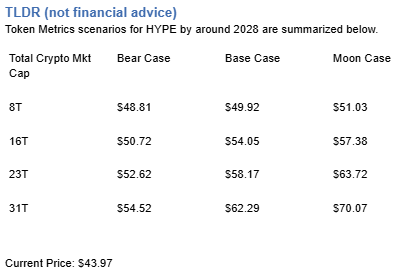



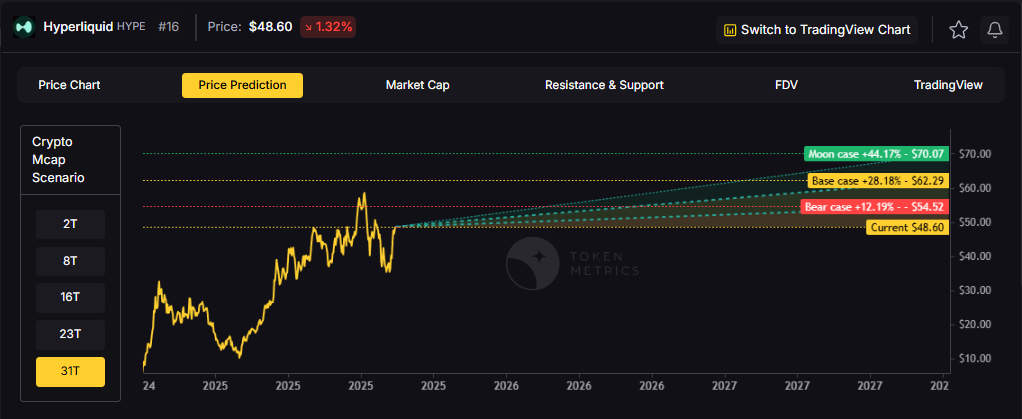

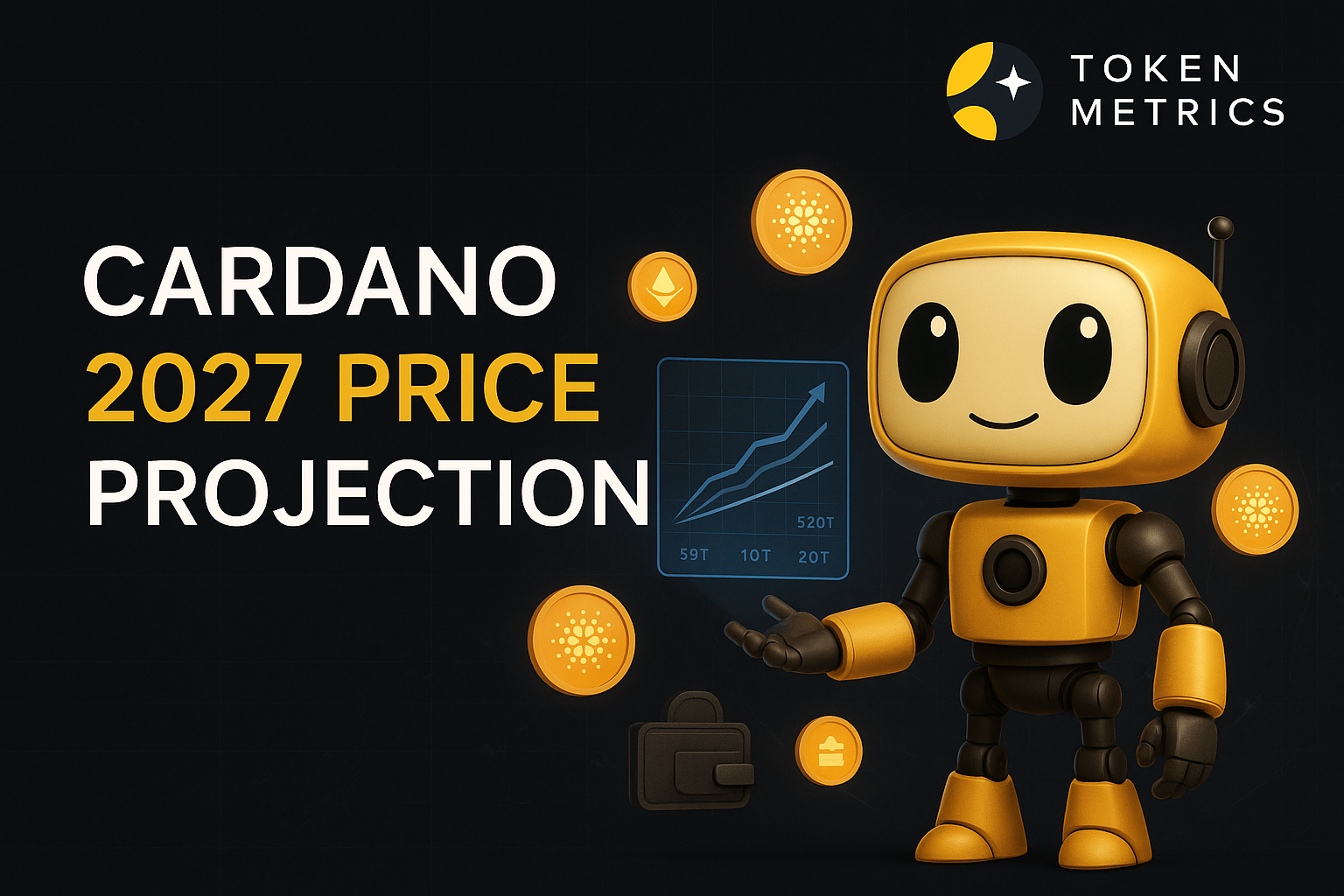
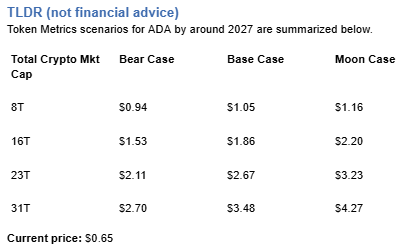
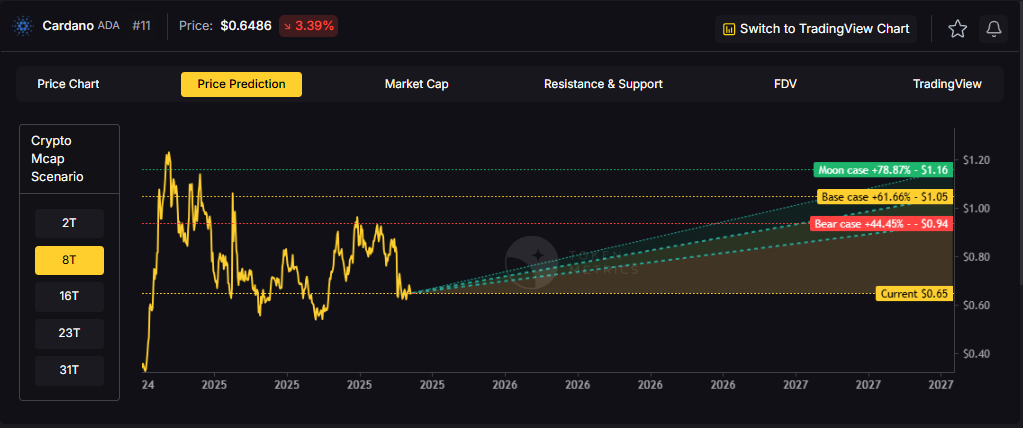
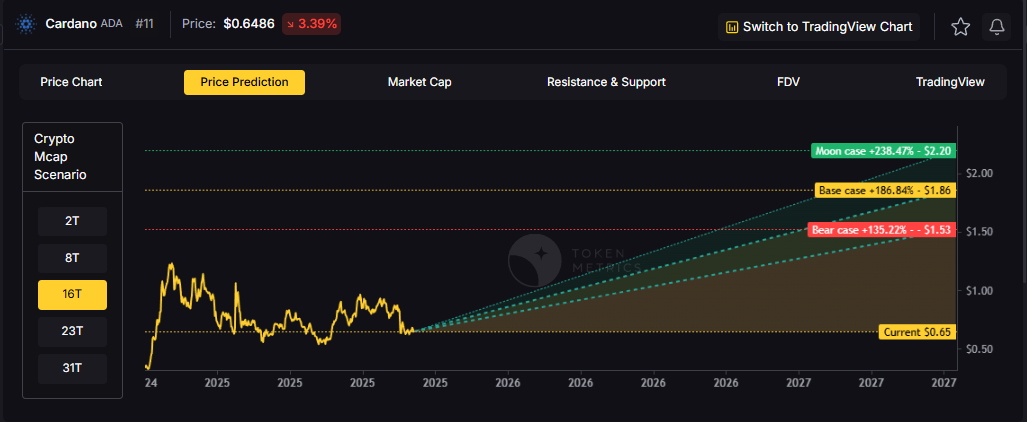


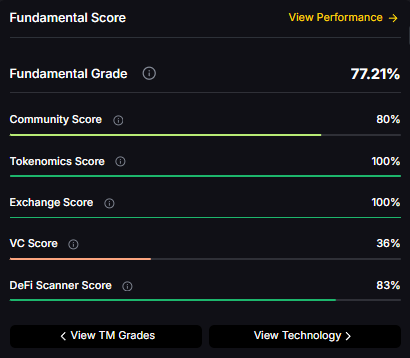
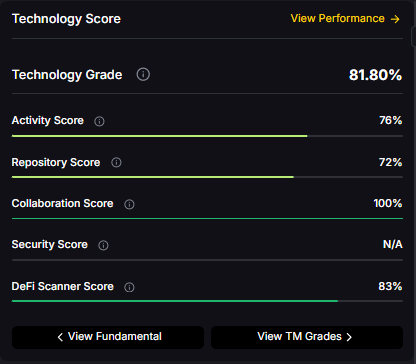




.svg)




.png)